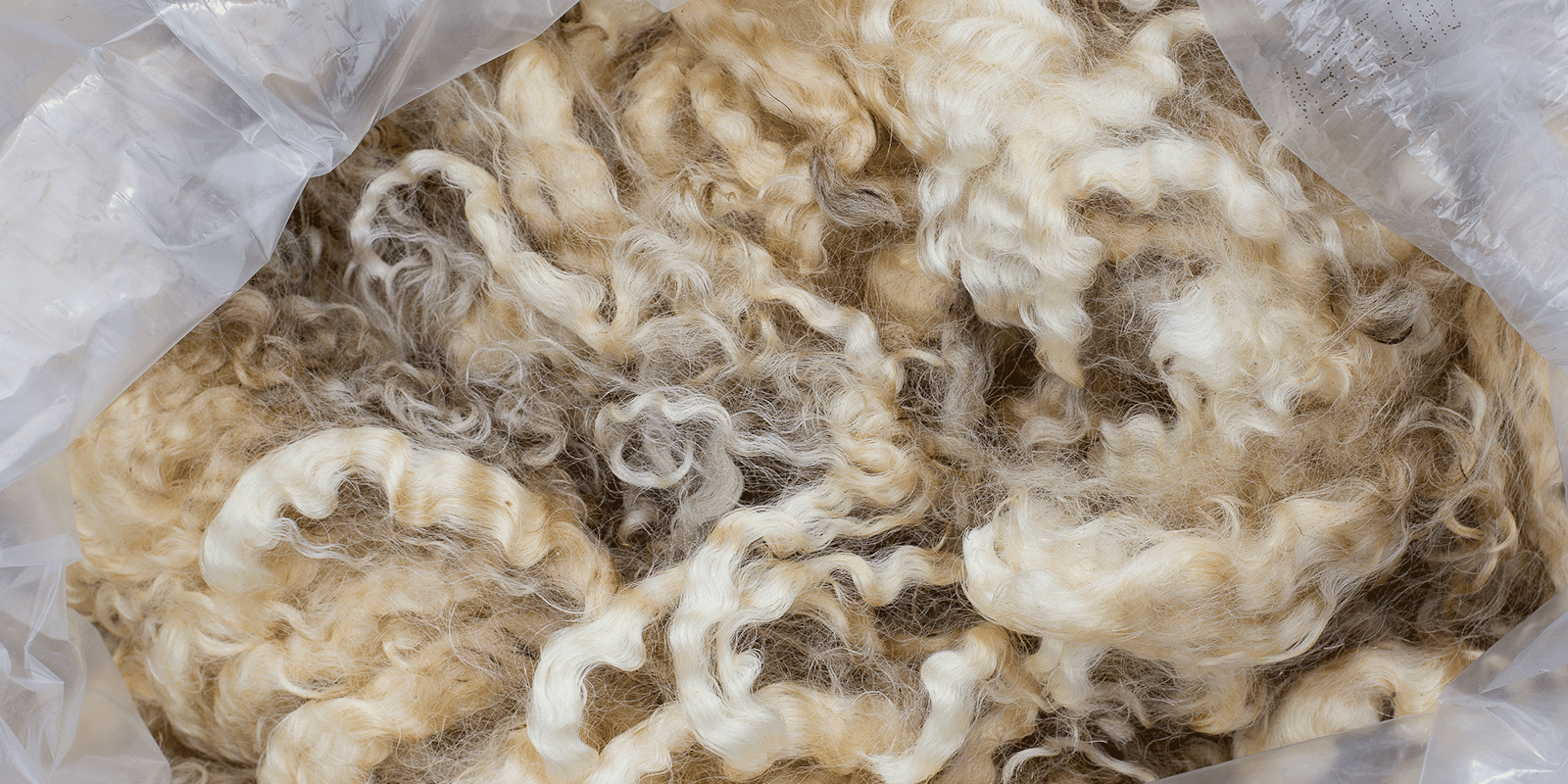With fiber festivals starting to get into full swing, spinners are making their lists and wondering if this is finally the year to buy a fleece. There’s so much to learn, it’s easy to feel overwhelmed with all the possibilities. How do you choose? What’s the right scouring method? And should you choose combing or carding for your wool?
As a new spinner, most of the wool that was available to me came in the form of combed top and roving from small mills. Since I didn’t have any combing or carding equipment at the time, this suited me just fine, as I was busy learning how to spin and ply. The thought of processing a freshly shorn sheep’s fleece—full of lanolin, vegetable matter, dirt, and, erm, fertilizer—seemed like too much work.
Slowly, though, those fleeces at fiber festivals started calling to me. Armed with a brief list of sheep breed qualities and a basic understanding of scouring, I slowly started collecting, scouring, and spinning fleeces, without much of a plan.
Learning the Hard Way
There was a lot to learn along the way, like how the California Variegated Mutant (CVM) lamb fleece I’d envisioned for a thick and squishy sweater only ever wanted to be a textured laceweight yarn. I learned that some fleeces, like that CVM, have lots of lanolin, and what “tippy” really means in a lamb’s fleece. I learned that other wools, like Wensleydale, are worth a little extra effort in scouring to keep a gorgeous lock formation. And I discovered the absolute joy of processing a Romeldale/Corriedale cross that was not next-to-skin soft, but that had lots of color variation throughout the fleece, offering plenty of opportunities for blending and colorwork.
And that fertilizer? My garden loved it!
Get a closer look! Click on any image below to view it in full-screen mode.
An Easier Way to Learn
You learn a lot when you learn things the hard way, but it’s just as fun—and often less wasteful—to have a good teacher. I wish I’d had an experienced friend to guide me along the way—someone who could take my spinning and knitting preferences, point to one fleece, and say, “There! That’s the fleece for you!” If you have a friend like that, treasure them. If not, have no fear, because that’s exactly what Judith MacKenzie does in her course Three Bags Full. Taking you all the way from the fleece tent at Estes Park Wool Market to your spinning wheel, Judith explains some of the different types of sheep and the qualities of their wool, what to look for in a fleece, and what to do with it when one—or more—follows you home.
 Even though this CVM lamb fleece wasn't perfect, it still made a delightful yarn.
Even though this CVM lamb fleece wasn't perfect, it still made a delightful yarn.
There is so much to learn from spinning fleece you’ve processed yourself. You’ll get to know your favorite farmers, shearers, and sheep breeds. You’ll learn what makes the perfect fleece for you and you’ll grow as a spinner. As fiber festivals get into swing around the country, don’t be afraid to take the plunge on your first fleece—it’s well worth the investment!
Resources
- Judith MacKenzie’s Three Bags Full is included in your All-Access subscription.
- Shopping online? Learn how to navigate online fleece sales.
Pamela K. Schultz is the content editor for Spin Off. She spins, weaves, knits, and gardens in coastal North Carolina.




